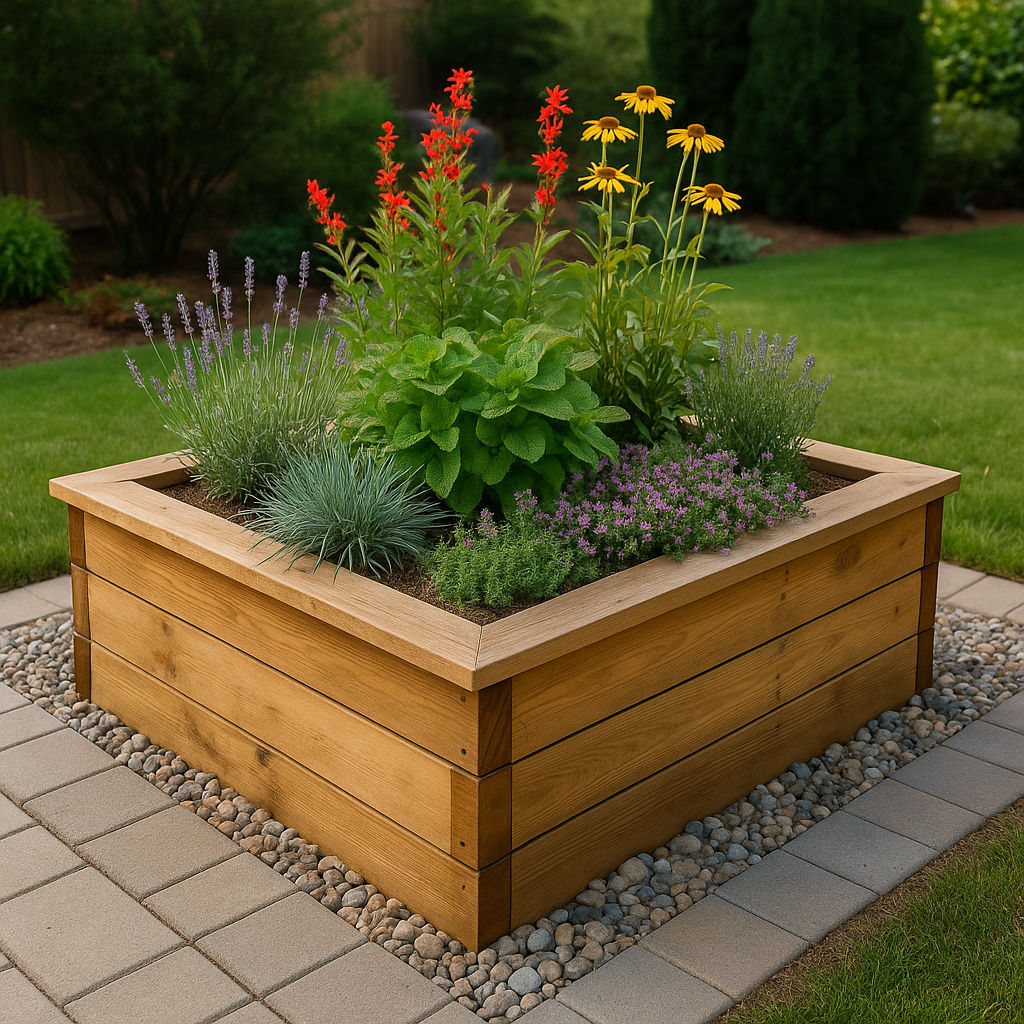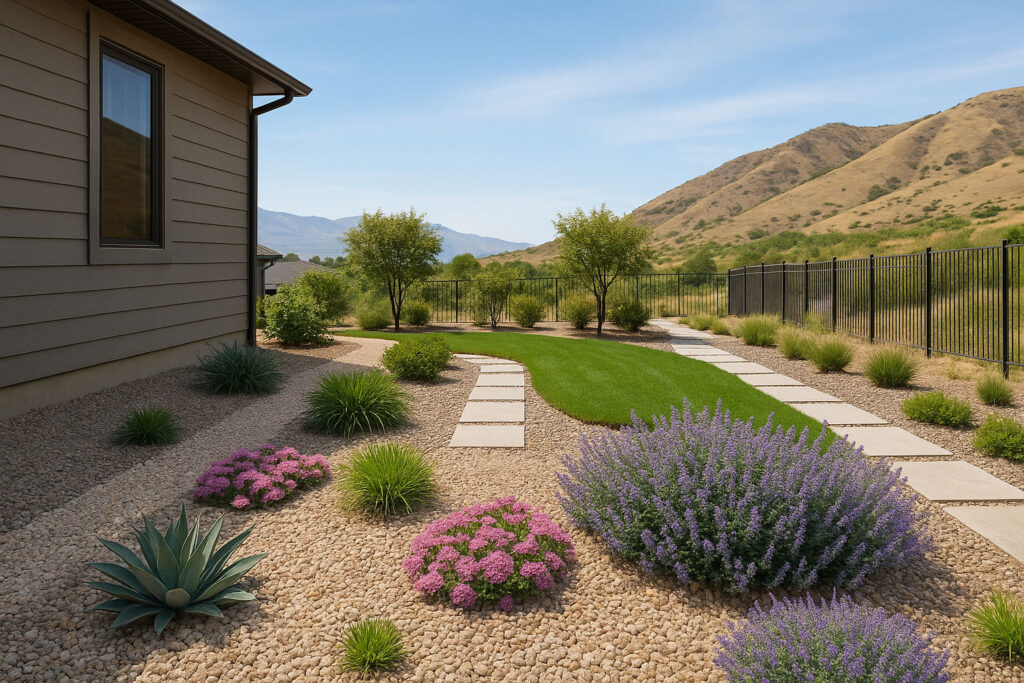Picture this: vast expanses of golden sand dunes, scorching heat, and a relentless sun shining down from a cloudless sky. These are the defining features of desert climates, where survival is a constant struggle for both humans and plants alike. Yet, amidst this seemingly harsh environment, there is a hidden secret waiting to be unraveled. Can you guess what it is? Yes, it’s grass!
While deserts may be known for their arid beauty, the presence of grass plays a crucial role in preserving the delicate balance of such ecosystems. Besides their aesthetic appeal, grasses help prevent soil erosion and contribute to the overall environmental health of desert landscapes. However, not all grass species can thrive in the arid conditions of a desert. This blog post aims to explore the curated varieties of grass that are best suited for desert climates.
Understanding Desert Climates and Grass
Before we dive into the world of desert-friendly grasses, let’s take a moment to understand what makes these regions unique. Desert climates are characterized by low rainfall, high temperatures, and minimal humidity. These conditions create a challenging environment for plants to grow and prosper.
Grasses, in particular, have adapted and evolved to survive in such unforgiving landscapes. Their deep root systems help them reach water sources deep underground, while their ability to tolerate extreme heat and drought makes them ideal for arid regions.
When selecting grass for a desert climate, it is essential to consider a few key factors:
- Drought tolerance: The grass variety should have excellent water retention capabilities and be able to survive in low rainfall conditions.
- Heat resistance: The grass must be able to endure scorching temperatures without withering or dying.
- Soil adaptability: Desert soils are often sandy or have poor fertility. The chosen grass should thrive in these conditions.
Curating the Ideal Grass Varieties for Desert Climates
Now that we understand what to look for in desert grasses, it’s time to delve into the curated varieties that can thrive in arid landscapes.
Drought-tolerant grass varieties: Exploring xeriscape options
Buffalo Grass (Bouteloua dactyloides)

This native grass is an excellent choice for desert gardens. With its high adaptability and hardiness, Buffalo Grass can withstand long periods without irrigation. While it may turn straw-colored during droughts, it quickly recovers once water becomes available again. It requires minimal care and maintenance, making it a top choice for those seeking a low-maintenance grass option for their desert landscape.
Bermuda Grass (Cynodon dactylon)

If you’re looking for a grass that can handle both the heat and the dryness of a desert climate, look no further than Bermuda Grass. This warm-season grass variety is highly drought-tolerant and can thrive in areas with low water availability. Its rapid growth and ability to withstand heavy foot traffic make it a popular choice for golf courses and sports fields in desert regions.
Zoysia Grass (Zoysia spp.)

Zoysia Grass is another fantastic option for desert landscapes. Known for its exceptional drought and heat tolerance, this grass variety can stay green even during the hottest summer months. With deep roots that can access water deep in the soil, Zoysia Grass is capable of withstanding extended periods of drought without losing its luscious green color.
Low-maintenance grass options: Efficiency without compromising beauty
St. Augustine Grass (Stenotaphrum secundatum)

If you desire a lush, green lawn that requires less water, St. Augustine Grass is an ideal choice. It thrives in warm climates and exhibits excellent heat resistance, making it suitable for desert regions. Additionally, it can tolerate some shade, making it versatile for areas where sunlight may be limited. While it requires regular watering to stay green, its low maintenance requirements make it popular for homeowners seeking an attractive yet practical grass variety.
Centipede Grass (Eremochloa ophiuroides)

The name may sound peculiar, but Centipede Grass is no stranger to desert landscapes. This low-growing, slow-growing grass variety thrives in acidic, infertile soils often found in arid regions. Its ability to withstand periods of drought and its resistance to pests and diseases make it an excellent choice for those seeking a low-maintenance grass that requires minimal fertilization and care.
Bahia Grass (Paspalum notatum)

When it comes to rough climate conditions, Bahia Grass proves its mettle. Native to the Americas, this warm-season grass variety is renowned for its resilience to drought and tolerance of poor soil quality. Bahia Grass requires less water compared to many other grass types, making it perfect for regions with limited rainfall. Its deep root system also helps it access water deep in the ground, ensuring its survival during dry spells.
Native grasses for desert landscapes: Embracing indigenous species
Blue Grama Grass (Bouteloua gracilis)

Native to North America, Blue Grama Grass is a beautiful and resilient option for desert landscapes. It has the unique ability to go dormant during droughts and revive itself once water is available again. Its deep roots ensure its ability to withstand periods of extreme heat and drought. With its wispy seed heads and golden color, Blue Grama Grass adds a touch of natural charm to any desert garden.
Indian Ricegrass (Achnatherum hymenoides)

Indian Ricegrass is a hardy, native grass that is well-suited to desert climates. It thrives in sandy soils and can withstand limited water availability. This grass variety’s fine leaves and attractive seed heads make it a visually appealing addition to any arid landscape. Indian Ricegrass is also known for its ability to prevent soil erosion, making it an ecologically beneficial choice for desert area.
Tips for Successful Grass Maintenance in Desert Climates
Now that you have curated the perfect grass variety for your desert landscape, it’s crucial to understand how to maintain it effectively. Here are some tips to ensure the long-term health and vibrancy of your grass:
Watering techniques and schedules: Develop an efficient irrigation system that delivers water deeply and infrequently to encourage deep root growth. Water during the early morning or late afternoon to minimize evaporation.
Fertilization and soil preparation: Before planting your grass, prepare the soil by adding organic matter and fertilizer to improve its fertility. Regularly fertilize your grass with a slow-release, low-nitrogen fertilizer designed for arid regions.
Mowing and maintenance practices: Adjust your mower height to a slightly taller setting to prevent stress on the grass and enhance its drought tolerance. Practice regular mowing, but avoid cutting more than one-third of the grass blade’s length at a time.
Conclusion
Curating and nurturing the perfect grass variety for desert climates is an art in itself. By carefully selecting drought-tolerant and low-maintenance grass species, homeowners and landscapers can transform arid landscapes into lush and vibrant oases. Remember, each grass variety has its unique characteristics and benefits, so choose one that aligns with your specific needs and preferences. Embrace the resilience of native grasses, and with a little care and maintenance, they will turn your desert garden into a delightful haven.



